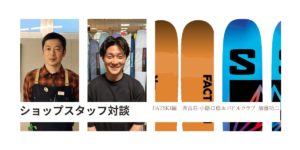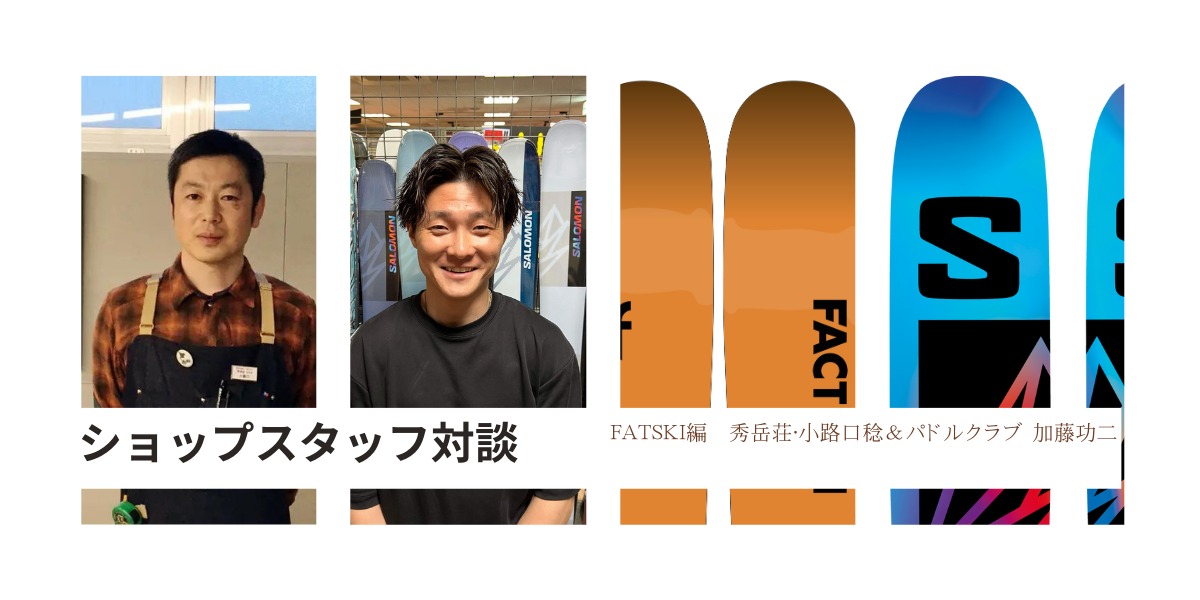Every season, pro shop staff test-drive dozens of new skis from each manufacturer and examine their performance.
The more you ride, the clearer the gear tendencies become, and the more you grasp the standing position and detailed characteristics of each ski, the more knowledge you accumulate.
We asked shop staff who have such a backbone and enjoy skiing frequently to talk about skiing in the 23rd and 24th seasons.
The first event was fat skiing by Minoru Shojiguchi of Shuugakuso and Koji Kato of Paddle Club. Let's divide it into before and after parts.
Summary: What this conversation talks about
- Regardless of thickness, most fat skis are easy to slide on compacted snow slopes.
- Fat skis are averaging. proof of maturity.
- Among them, a new trend "short fat ski".
- Within the all-mountain category, touring, freeride, freestyle, big mountain and fat skiing are diversifying.
- In particular, the fusion of touring and freeriding is increasing.
- The rise of fat skis with high turn performance in the 80mm and 90mm waist range
- In the 2023-2024 season, pay attention to models with waists in the early 110mm range. Will it become a general-purpose model for advanced users?
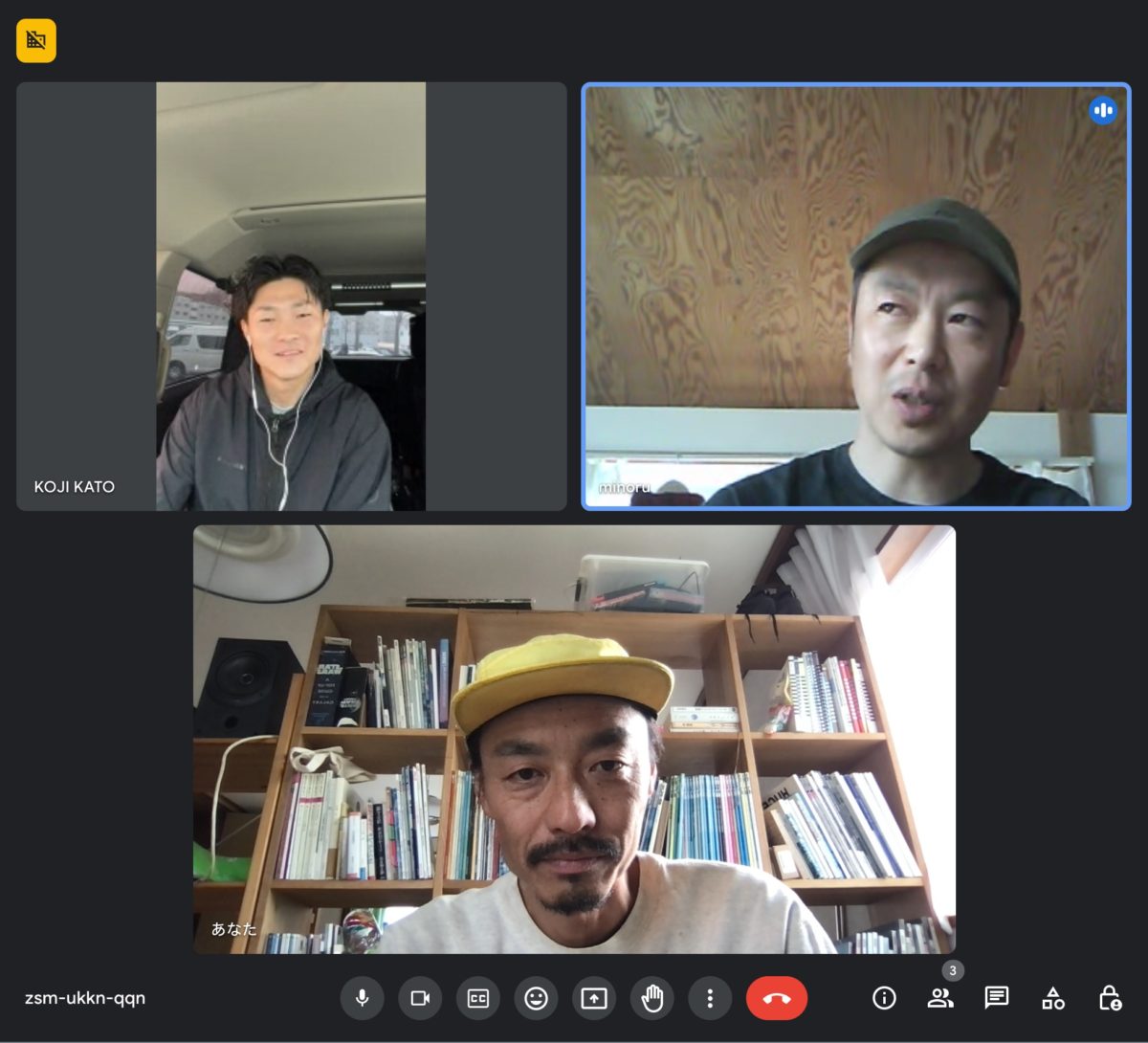
The evolution of bindings and boots diversified fat skis
Editor : Thank you very much. First of all, could each of you introduce yourself?
Minoru Shojiguchi (hereafter referred to as Shojiguchi) : I grew up in Teine, Sapporo, and after joining Snow Dolphin, I fell in love with backcountry and powder skiing. He usually works at the mountain shop "Syuugakuso" and skis in the BC area near Sapporo, Niseko and Tokachi.
Koji Kato (hereinafter referred to as Kato) : I was an alpine skier from elementary school to high school, and when I was in my third year of high school, I encountered fat skiing.
I'm at Paddle Club's Sapporo store now. The home slope is Onzu where I go after work. It's open until 23:00, so you can go there 4 or 5 times a week and ski for 2 hours. I want to ski a lot, so I often aim for powder on the slopes.
Editor : Thank you. I think you two have been riding fat skis for a long time, but what was your impression of fat skis from that time to the present?
Shojiguchi : It's thick like it is now, and it's like a locker.
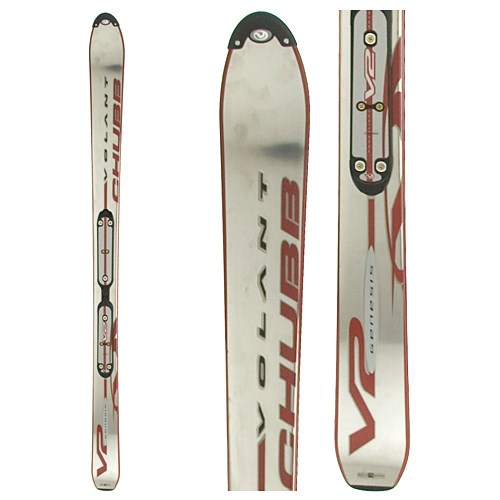
Tsuyoshi Kodama, a senior member of the Dolphins, was riding it, so I borrowed it and let him wear it.
Was the surface made of silver stainless steel and the waist width was 90mm or not? Radius was also worn for 30m and 40m with almost no side curves. I also wore Shane McConkie shoes and they influenced me a lot. After that, the gliding performance gradually improved, and it seems that more than 10 years have passed since the rocker was mounted on the ski and became the shape it is today.
Kato : For me, K2's Hellbent was the first because of its impressive appearance. It was a very thick ski with almost no vents, so I wondered if I could ski with this. I thought, but it turned out to be surprisingly slippery.

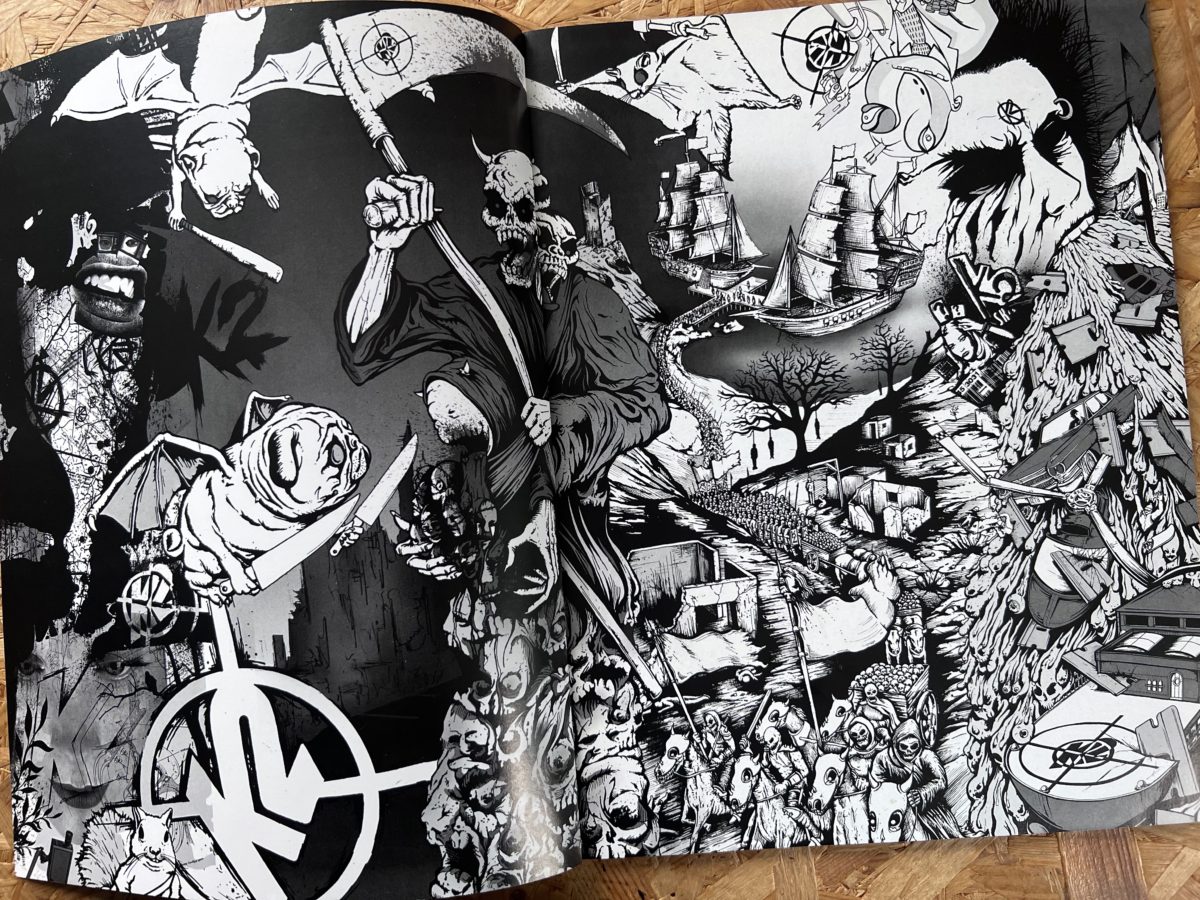
Shojiguchi : Around 2008, there were more and more models that could skate normally.
Kato : That's right.
Although it is a full rocker ski, I was able to carve unexpectedly, and it didn't look as tough as it looks. Even so, the powder was overwhelmingly slippery, and I felt like I had found a good plaything.
Shojiguchi : I don't think fat skis have changed much in the last few years.
The big difference is the binding. Tech bindings have been around for a long time, but what became widely known was the emergence of marker kingpins that do not impair gliding performance as much as possible. This has created a range of intentions for users who ski mountains. I think the evolution of boots is also big.
Kato : That's right.
I think the number of ski models that are getting lighter and lighter has increased. It's light and has great glide. The vector of evolution is suitable as a tool for enjoying the mountains, and not only skis but also bindings and boots are becoming lighter in total. I think that makes it easier to move around in the mountains, but depending on the situation, I think that the sense of security when skiing will be lost, so from around last season, there has been an increase in heavy skis, probably due to the global freeride trend. There is also a sense of polarization.
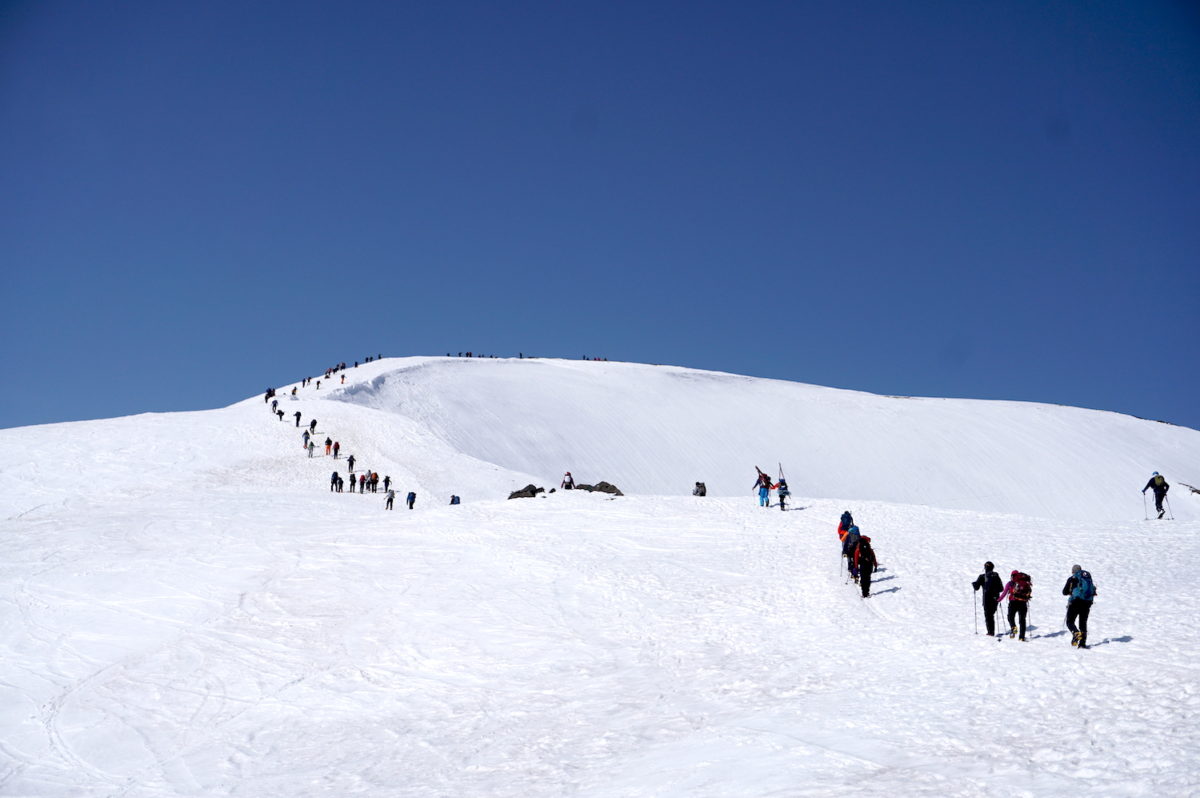
Shojiguchi : Over the past few years, I feel that fat skiing has matured as a whole.
Those with inferior performance have been eliminated. When fat skis first came out, there were quite a few with strange shapes and specs. It's very light, but when you ride it, the skis rampage. With that in mind, what will come next? I had such expectations, but now it's averaged for better or worse. But I think it's also proof that the scene has calmed down.
Kato : There was a time like that. After all, wood is important for the core material of skis.
Shojiguchi : I think wood is good in terms of gliding performance, but there are mountain styles that prioritize lightness and can be enjoyed, so I can't say it's NG.
In addition, light and strong wood materials have also been available. However, I think that there is a balance with the binding to be installed. Sometimes in the mountains I see very fat skis with minimal tech bindings. For customers who come to the store, I listen carefully to what they are looking for and what they want to do, and propose the appropriate combination of skis, bindings, and boots.
Editorial department: What about the recent trend of users seeking fat skis?
Kato : Paddle clubs have skiing skills to begin with, and there are many people who want to enjoy skiing, so the selection of gear is also focused on skiing.
Among them, there is a wide range of choices for skiing, such as those with a freestyle base, those who have done alpine skiing, and those who have started mountaineering.
Shojiguchi : Shugakuso focuses on touring gears, so most of the users are like that.
Sliding is important, but I also want to be active in the mountains, so it's easy for people to choose things that are light. However, until now, speaking of fat skis, each manufacturer had only one category of lineup.
However, now we have changed the form and the core material according to the intention and use, divided it into several categories, and developed several for each waist width. Even if you say fat ski in one word, I think that the choices are very wide.
Kato : That's right. For example, even if you want to free ride on the slopes with a lift, if you want to go freestyle, you can use twin tip shapes such as Armada's "JJ", Atomic "Benchetler" 110 and 120, and Volkl "Revolt" 121 for powder freestyle. fits.



On the other hand, if you focus on turns, direction skis such as Rossignol "Sender" 106, Salomon "QST Blank", and Blizzard "Rusler" are popular.


If you are a strong backcountry oriented person, Völkl's "Blaze" 114 seems to be on your mind.
After that, I feel that short fat is attracting attention. I have the impression that more and more people are interested in new things such as the RMU "Butter Knife" and the Armada "Shorts".


Shojiguchi : When I saw the video posted on Instagram by Kato-kun and Ken-kun (Paddle Club Teine staff Ken Sasaki), I wondered if there was a trend towards short fat. Interesting new move.
From that point of view, the impact when Blizzard "Zero G" came out was great.
Until then, the touring skis were light, but the gliding performance was lacking. Whether it's powder in the middle of winter or on icy slopes, it has extremely high gliding performance. The original category was a touring ski, but it was newly categorized as a backcountry touring ski because it has a size range that allows you to spend time in the mountains without stress regardless of the time of year, and you can enjoy deep powder. I think it's a ski run that pursues gliding performance in the backcountry. Since then, long-established ski manufacturers have followed suit, and now free-ski brands such as Faction and Armada are creating touring skis with their own interpretations.

Kato : I agree. Especially in the 2013-2024 season, the lineup of skis with a weight of around 1500g that can be enjoyed by those who are interested in climbing and riding has increased. Evolution that it is light and very slippery. Nordica “Enforcer Unlimited”, Armada “Locator”, Elan “Lipstick Tour”, and other backcountry touring skis made by ski manufacturers were great both at the test drive event and in person.
Shojiguchi : From the point of view of the origin of the brand, I was surprised that Armada and Faction would make skis that are like backcountry touring. It was purely a freestyle ski brand. Talking to the manufacturer, the number of backcountry and mountain climbers around the world is overwhelmingly increasing. I've heard that overseas people are climbing for fitness, so I think there is a possibility that this category will grow as the number of people increases. Also, the age group of people who are interested is getting older, so the lightness is simply attractive. However, there are those who ask, “What is Armada?” in the first place. Even Blizzard had an image of a hard-core racing maker in the past. It would be a waste if the impression came first and you didn't test drive it.
to be continued
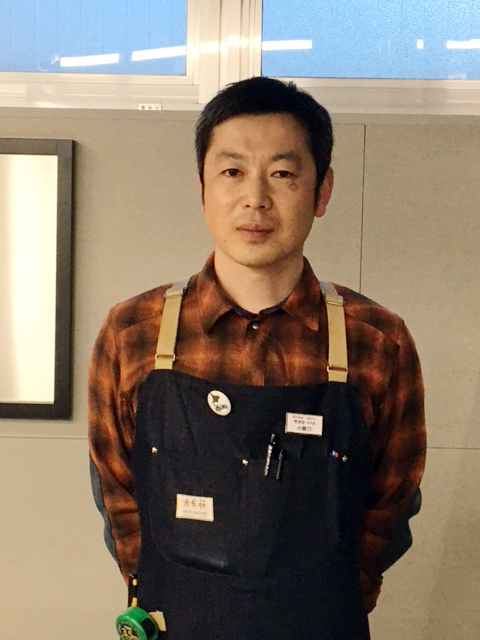
Minoru Kojiguchi, Shugakuso Hokudai store staff
His BC history counts over 20 years, and he stands on the snow for about 60 days during the season.
With a wealth of experience as his backbone, he also gives accurate advice on backcountry gear. He has a deep knowledge of not only gliding equipment, but also items that aid in activities in the mountains. The best day of the 23rd season is Mt. Tokachi in January. The temperature dropped to nearly -30°C, but the mountains were clear and no wind. It was too cold to ski, but the snow and the scenery made it a perfect day. Instagram @ shugakuso__official
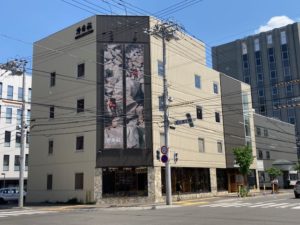

Paddle Club Staff Koji Kato
Looking for snow regardless of fields such as ski resorts and backcountry, skiing for a total of 100 days in the season. Utilizing his experience in competitive skiing, he has a reputation for selecting gears that bring out high-quality turns. The unforgettable mountain trip of the 23rd season is Kamoidake International Ski Resort in late December. Powder & Mash Heaven was said to be the best environment for free skiers. Born in 1992. Instagram @ kj_kato
Paddle Club Sapporo Oyachi
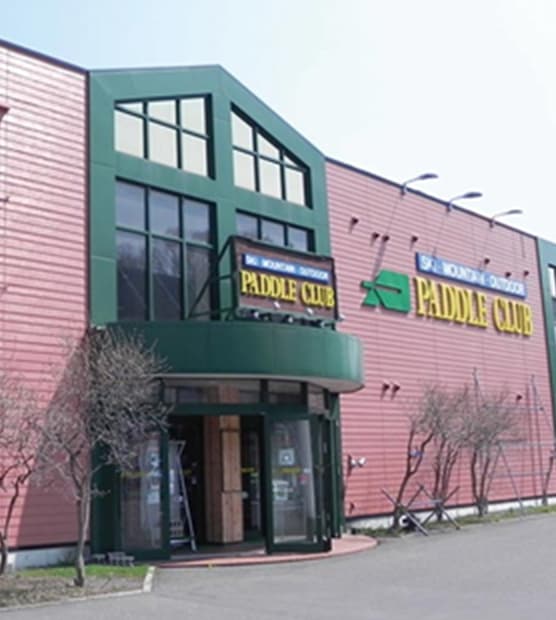
Address: 1-2-10 Oyachinishi, Atsubetsu-ku, Sapporo
Phone: 011-890-8777
Hours: 10:30 a.m. to 7:00
p.m. Closed: Every Wednesday
www.paddleclub.net
Click here for Part 2
